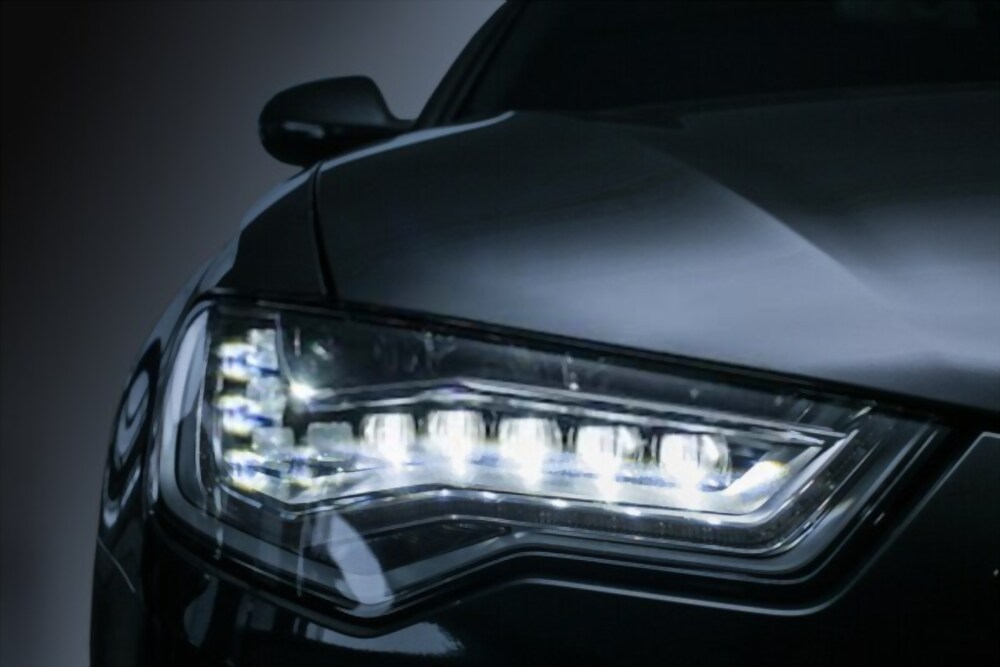While many people know how LED lighting is more efficient for energy usage than traditional bulbs, these units have far more capacity for being effective in the winter months as well. When it comes to protecting yourself and your passengers while driving, this form of illumination is currently unmatched. What makes these styles of bulbs superior than other forms of lighting during the winter months?
Temperature Resilience
As LED bulbs do not produce the same amount of heat, damage from alternating temperatures is greatly reduced. When frigid, cold air meets a hot bulb, the glass tends to break, destroying the light. The same kind of situation doesn’t happen with LED bulbs. A cracked or broken cover can allow water to enter the headlight, which could cause this temperature variation. This allows the driver to continue seeing at night, even in the coldest and wettest of locations.
Damage Resistant
Although you may practice safe driving measures, the snow and ice can make things difficult. For fender benders and other minor accidents, LED bulbs are more resistant to the damage they could incur. Through the same manufacturing process that makes them resilient to temperature variations, LED bulbs can sustain a greater amount of force. This means that you may still have access to illuminated driving after smacking into a stationary object. It can also be beneficial as a rear brake light, as it can sustain damage from a car hitting you from behind on slick roads.
Clearer Vision
When driving at night on icy or snow-covered roads, being able to clearly see objects on either side of you is imperative. Unlike other conditions, slamming on the breaks at the last moment could be incredibly dangerous. These LED bulbs offer a greater range of vision from many angles in front of the driver. This could give you the time you need to adjust your course or attempt to slow down before an obstruction finds its way on the road, such as people or animals. Even the biggest of trucks can suffer great damage when striking a full-grown deer.
Instant Illumination
Unlike traditional bulbs, LED lights give full brightness instantly, even in cold weather. This instant illumination is very important for safety while driving in the winter, where visibility is too low.
Low Maintenance
LED bulbs have a longer lifespan, which reduces the need for replacements. This is especially helpful in the winter, when bad weather can make vehicle maintenance more difficult.
Adaptability
With the help of LED lighting technology, designs can be customized with different beam angles and color temperatures. Because of its flexibility, drivers can adjust their lighting to suit different winter driving situations, like icy roads or poor visibility.
Environmental Benefits
LED lighting uses less energy and produces less heat. It is, therefore, more environmentally friendly. Given their lower environmental impact, LED bulbs are the preferred option for drivers who care about the environment. This is consistent with sustainable driving practices.
Compatibility with Modern Vehicles
LED lighting systems are standard on a lot of modern cars, or they can be upgraded to LED versions. Such vehicles operate better overall and are guaranteed to be compatible with current electrical systems when LED bulbs are installed.
By incorporating these additional features and benefits, the article can provide a more comprehensive overview of why LED vehicle lighting is superior in the winter months.

